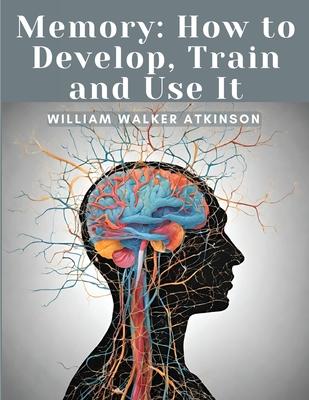"Memory: How to Develop, Train and Use It" is a self-help book authored by William Walker Atkinson, a prominent figure in the New Thought movement of the late 19th and early 20th centuries. Originally published in 1911, this book provides practical guidance on improving memory skills and maximizing cognitive function.
Atkinson’s book begins by explaining the importance of memory in everyday life and the various factors that can influence its effectiveness, such as attention, interest, and association. He then presents a series of techniques and exercises designed to enhance memory retention, including:
- Concentration exercises: Atkinson emphasizes the importance of focused attention in strengthening memory. He provides exercises to train the mind to concentrate more effectively and avoid distractions.
- Association techniques: Atkinson discusses the power of association in memory recall and provides methods for creating strong mental connections between ideas, words, and images.
- Visualization exercises: The author advocates for the use of visualization techniques to create vivid mental images that aid in memory retention. He offers strategies for developing the ability to visualize and manipulate mental images effectively.
- Repetition and review: Atkinson highlights the importance of regular practice and review in solidifying memory recall. He provides suggestions for creating a structured study schedule and maximizing the efficiency of learning sessions.
Throughout the book, Atkinson draws on insights from psychology, neuroscience, and personal development to support his recommendations. He also includes real-life examples and anecdotes to illustrate the effectiveness of the techniques described.
"Memory: How to Develop, Train and Use It" is written in a clear and accessible style, making it suitable for readers of all backgrounds and levels of expertise. It remains a valuable resource for anyone seeking to improve their memory skills and enhance their cognitive abilities.












